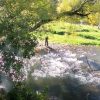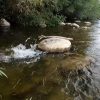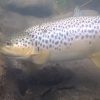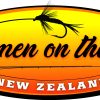- Empty cart.
- Continue Shopping
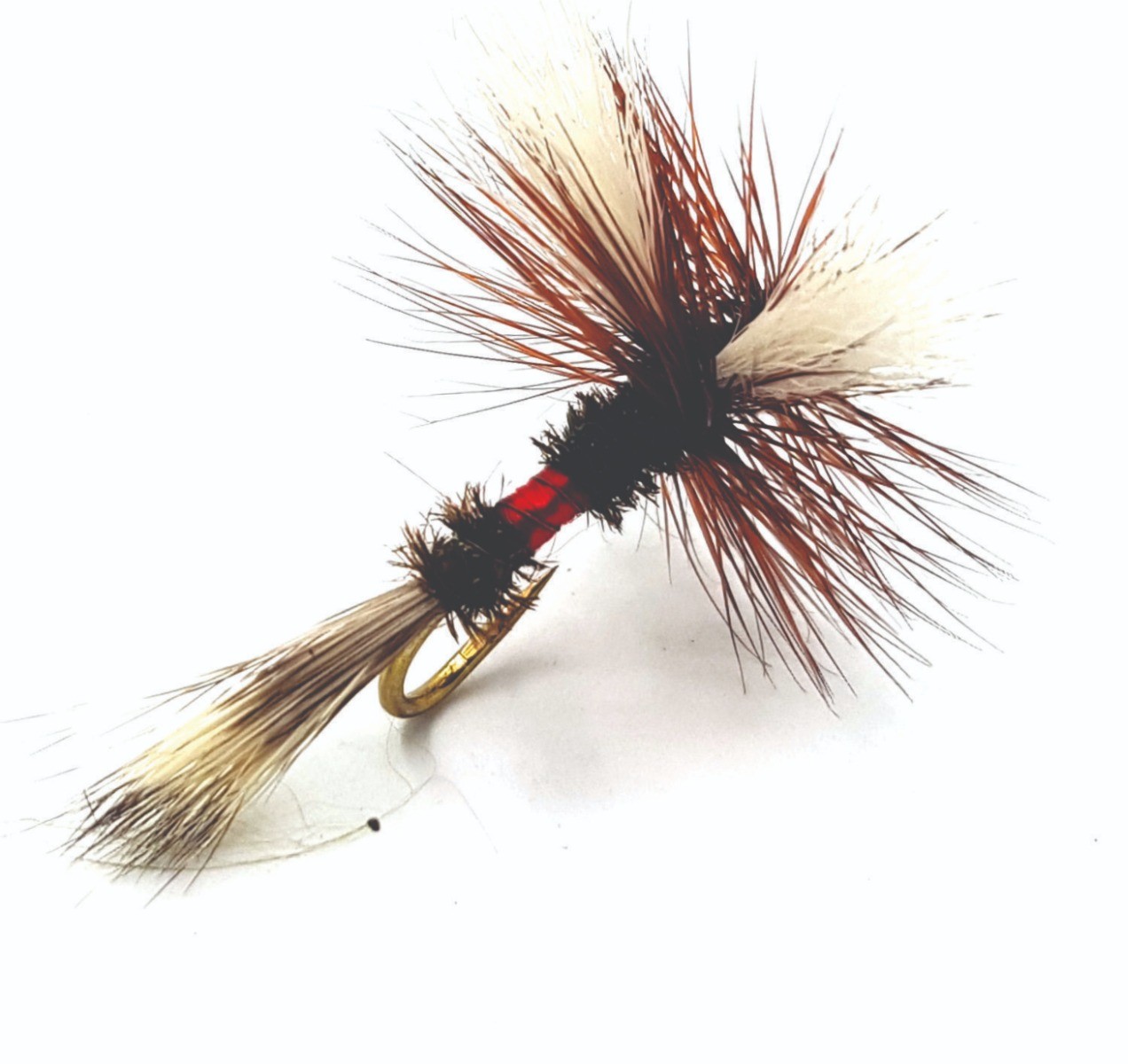
The Royal Wulff imitates nothing in particular but can be extremely effective in all waters.
FISHING THE DRY FLY.
Fishing the dry fly is one of the most rewarding methods of fly fishing but strangely not practiced as often as you would think in the Taupo area. I personally used to think that dry fly was better suited to small streams elsewhere in the country whereas Taupo rivers reigned supreme with the wet fly and nymph. I suppose because Taupo is so highly regarded as one of the premium winter fisheries in the world it is often overlooked as a fine dry fly fishery in the summer and autumn months. As we are now approaching this period here are a few hints that may make a few more trout come to your net after taking the dry fly.
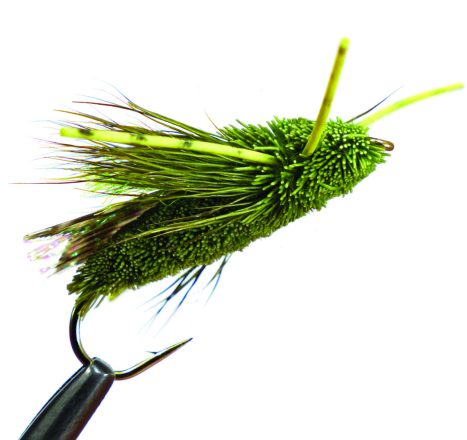

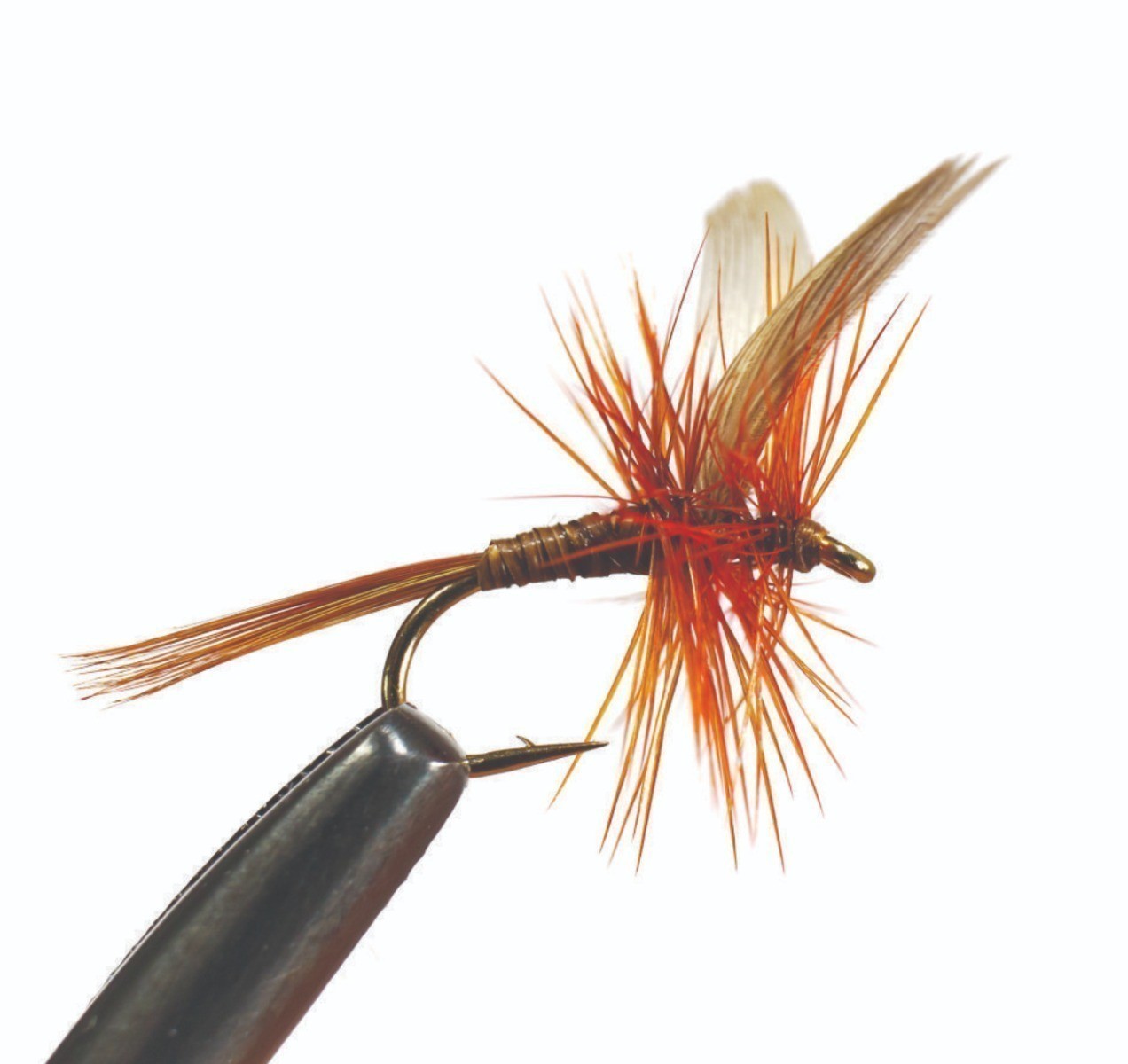
1: Have a good selection of dry flies. Trout feasting during this period are normally very selective and unlike the streamers or nymphs, a few different patterns will not cut the mustard when you are fishing with the dry fly.
2: Ensure that you also have a variety of different sizes with plenty of small flies as often the trout will only take a size 16 or even smaller.
3: Fish with long tapered leaders, especially if the river is low and clear. Add to this leader a short section of tippet of about 2-3’ (600-900mm) with as light as breaking strain as you dare. For the Tongariro I like a 2X leader of about 12’ (3.6m), and I add about 600-900mm of 4X chameleon mono onto the end of this as a norm. If the trout are smashing cicadas I may delete this tippet altogether as the hits can be quite ferocious when this happens and presentation does not have to be so precise.
4: When the trout are on cicadas you can, in fact, hit the water quite hard and to all sides and even behind a trout. When they are in this mood, the more irregular you are with your casting, the better.
5: When the trout are on say the Lacewing Moth try and match your artificial as close as possible. Remember the trout sees its prey from underneath and that is what you should be trying to replicate. I don’t believe the wings are as important as the under body because, quite simply, they can’t see them.
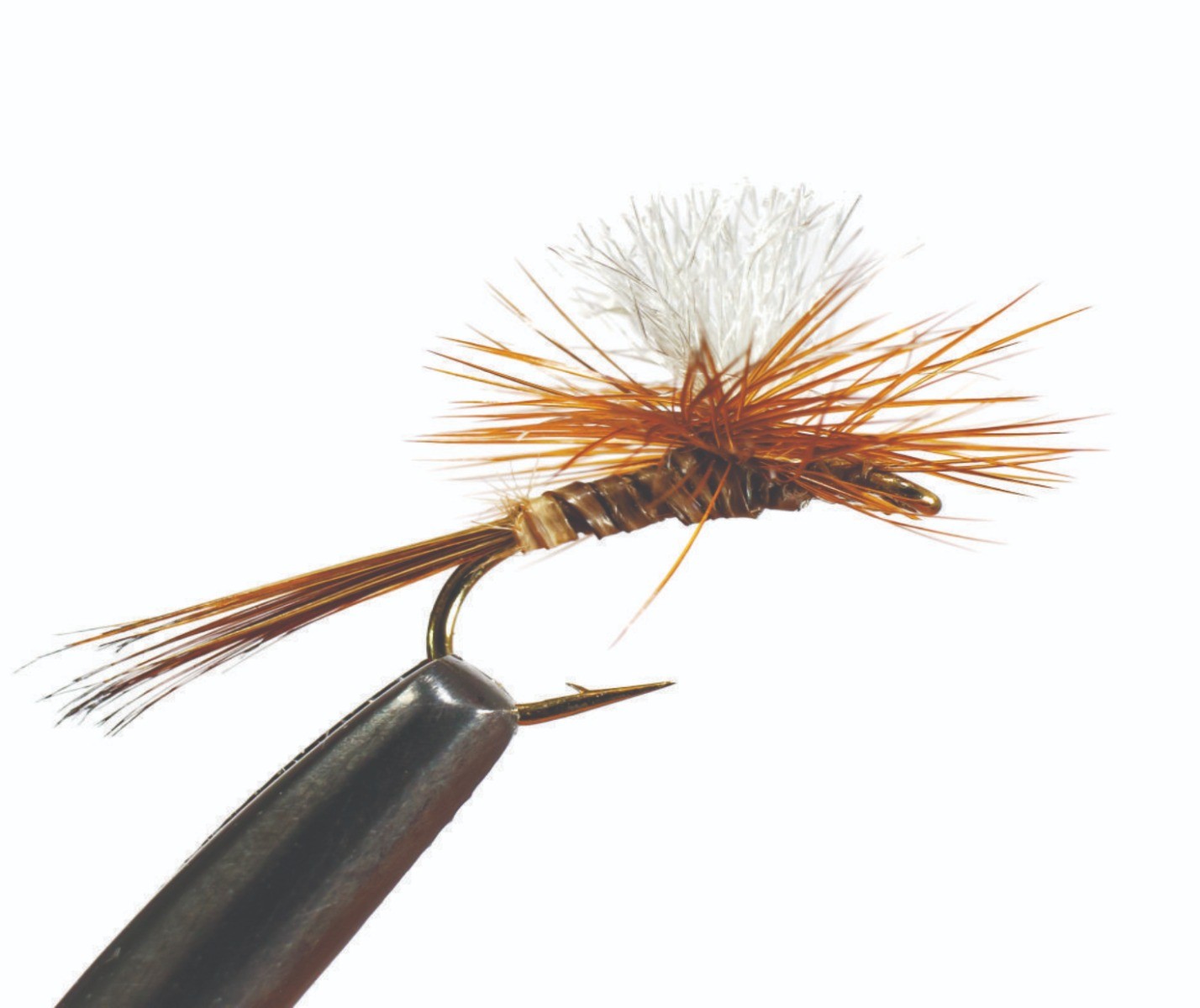


6: Consider fishing one small fly. Why? Quieter presentation. How can I see it? If the fly is hard to pick up once landed pick out a foam bubble near to wear you have adjudged your fly to have landed. Follow that bubble and as if magic your fly will come into view along the drift. If it doesn’t, no bother, if a rise occurs near your bubble you can strike.
7: When you do strike, unlike the nymph, you must delay the strike by a couple of seconds. The trout will not close its mouth until it re enters the water. “God save the King” works pretty well.
8: You don’t always have to “match the hatch”. The very popular Royal Wulff fly resembles nothing but is very successful at different times. The brownies especially love them in a size 10 or 12.
9: Consider fishing tandem dry flies if you are really having trouble picking a single dry fly up. A big fly at the front (your indicator and possible trout catcher), and a small fly at the rear.
10: Sometimes the trout are not rising to the surface film at all, rather they are taking emerges and breaking the surface as they are doing so. Consider a dry dropper rig with an emerger pattern on the bottom or even a standard nymph like Hare and Copper or Pheasant Tail.
11: If the trout are rising you can fish a specific area thoroughly. Don’t be in too big a hurry to move to another spot if they are not taking. Spend time to sort out the methodology. Once you do that your success rate will increase.



Dry fly fishing can be pleasantly frustrating when many fish will rise to your offerings only to reject it at the last split second. It is also one of the most rewarding and visual ways to fish capturing your undivided attention at all times. If a trout is showing some interest but not taking it could be something simple like too much hackle on the fly or wrong size. Keep trying until you crack it. My main method of fishing in the summer/autumn time in Taupo is with the dry fly. Believe me, once you have caught a few trout using this method, you will be hooked for life.
Tight lines, Brian Willson NZPFGA member. 021-667867 – ILFF Shop, 6 Wiremu Street, Turangi.

Brian
My name is Brian Willson and I have been a fly fisher for over 50 years. I am a professional fishing guide and current NZPFGA member of which I have served at executive level and have guided anglers of different skill sets, ages and gender from all over the world. I have also written two books on fly fishing and am a keen artist. I am passionate about fly fishing and the therapeutic qualities it offers and enjoy sharing this experience with people on and off the water. Over the years I have made some amazing friendships that continue to this day. I have partnered up with one of these friendships, Barrie Barnes from I Love Fly Fishing, and I sell exclusively, quality, affordable fly fishing gear at my premises at 8 Wiremu Street, Turangi, the designated I Love Fly Fishing shop in Turangi which is open all hours— just ring 021667867 anytime. I take a serious interest in my clients and freely offer advice when asked and am happy to talk fishing anytime. Tight lines, Brian Willson
all author posts
